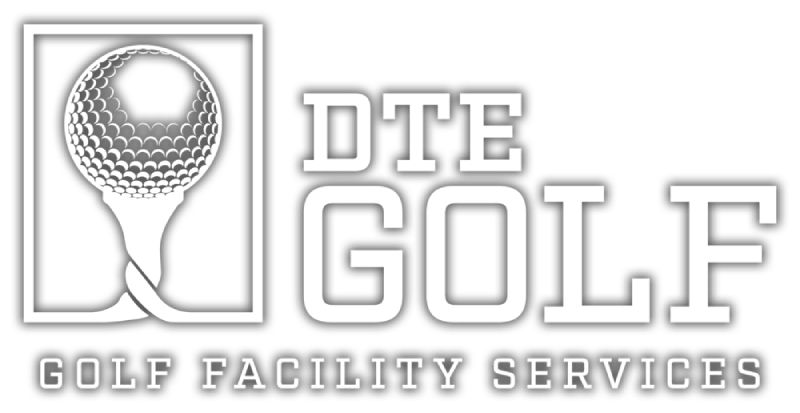Seasonal Mowing Adjustments: Preparing Your Golf Course for Changing Weather
As the seasons change, maintaining a golf course requires careful adjustments, especially when it comes to mowing. Weather conditions directly affect the growth and health of the grass, and understanding how to adapt mowing practices can keep your golf course in top shape year-round.
Understanding Seasonal Changes
Different seasons bring varying weather patterns that influence the growth rate of grass on your golf course. In warmer months, grass tends to grow faster, while in cooler periods, its growth slows down. These changes make it essential to adjust mowing frequency and height to maintain the quality of the playing surface.
During the growing season, typically spring and summer, grass needs more frequent mowing to prevent it from becoming too tall. Tall grass can affect the ball's movement and overall playability. However, mowing too frequently or too short can stress the grass, leading to weaker growth and a less resilient surface.
As the weather cools down in autumn, grass growth naturally slows. During this time, it’s important to reduce mowing frequency and raise the mower's height. This adjustment allows the grass to retain more leaf area, which is crucial for photosynthesis, helping the grass store energy for the winter months.
In winter, many golf courses experience dormancy, where the grass stops growing and turns brown. While it may seem like mowing is unnecessary during this time, occasional mowing at a higher height can still be beneficial. It helps to clean up debris and maintain a tidy appearance, ensuring that the course is ready for the next growing season.
Mowing Height and Grass Health
The height at which you mow your grass plays a significant role in its overall health. Different grass types have specific height requirements that need to be met to keep them healthy and resilient. For example, Bermuda grass, often used on golf courses, thrives when mowed at a lower height, but during stressful weather conditions, slightly raising the height can reduce stress and promote deeper root growth.
Keeping the grass at the right height helps in multiple ways. It ensures that the grass can efficiently photosynthesize, which is essential for its growth and energy storage. Proper mowing height also helps in controlling weeds, as taller grass can outcompete weed species, reducing the need for chemical interventions.
In addition to adjusting mowing height, it’s important to ensure that mower blades are sharp and well-maintained. Dull blades can tear the grass rather than cutting it cleanly, leading to a ragged appearance and increasing the grass's susceptibility to diseases. Regularly sharpening the blades and keeping the equipment in good condition are simple steps that can have a significant impact on the quality of your golf course.
Managing Wet and Dry Conditions
Weather patterns don’t just dictate the growing season; they also affect the moisture levels in the soil, which in turn influences mowing practices. During wet periods, the grass can become lush and grow rapidly, making frequent mowing necessary. However, mowing wet grass can be challenging as it clumps together and can leave an uneven cut. It’s advisable to wait until the grass is dry before mowing, even if it means delaying the task.
In contrast, dry conditions, common in summer, slow down grass growth and can lead to drought stress. In such conditions, raising the mowing height helps the grass retain moisture and reduces stress. It’s also crucial to monitor the irrigation system to ensure that the grass receives adequate water without overwatering, which can lead to other issues like fungal diseases.
The Role of Fertilization in Mowing
Fertilization is another key factor that influences mowing practices. Applying the right type and amount of fertilizer at the right time can promote healthy growth and reduce the need for frequent mowing. Nitrogen-rich fertilizers, for example, encourage rapid growth, which can be beneficial in early spring but may require more frequent mowing.
On the other hand, during late summer and autumn, a balanced fertilizer with lower nitrogen content and higher potassium can strengthen the grass, making it more resilient to the stresses of winter. Adjusting mowing practices in conjunction with fertilization helps in maintaining a healthy, playable surface throughout the year.
Adapting to Environmental Considerations
Environmental factors also play a crucial role in determining mowing practices. Courses located in regions with specific environmental challenges, such as coastal areas with high salt levels or courses in arid regions with water scarcity, require tailored mowing strategies. Understanding these unique conditions and how they interact with seasonal changes is vital for maintaining the health and playability of the course.
How DTE Golf® to Prepare Your Golf Course for Changing Weather
At DTE Golf®, we understand the complexities of maintaining a golf course throughout the changing seasons. Our expert team is equipped with the knowledge and experience to adjust mowing practices in response to seasonal weather patterns, ensuring your course remains in optimal condition. Whether it's fine-tuning mowing heights, managing wet and dry conditions, or integrating effective fertilization strategies, we are here to help.
With over 30 years of experience, DTE Golf® offers comprehensive golf course maintenance services that cater to your specific needs. We approach each course with care and precision, adapting our services to meet the unique challenges posed by seasonal changes. From daily maintenance to landscape enhancements and construction, we are committed to delivering top-quality results that exceed your expectations.
By choosing DTE Golf®, you are partnering with a team that prioritizes the health and playability of your course, ensuring that it remains a top destination for golfers year-round. Let us help you navigate the challenges of seasonal mowing adjustments and maintain the beauty and functionality of your golf course.
Contact us today to learn more about how we can support your course's needs.

